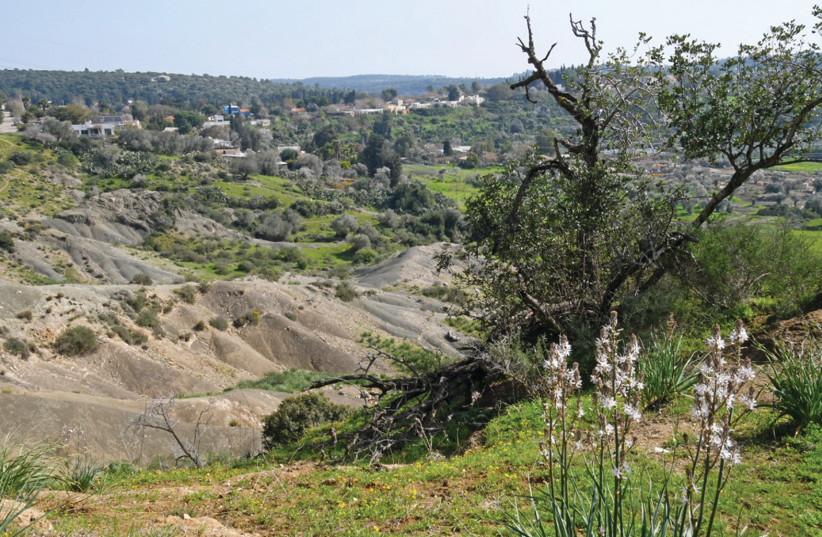Israel is located along the Syrian African fault, an area that has been vulnerable to volcanic activity and other geological events for millions of years.
The sensitive fault line goes from north to south through the Jordan Valley and the Dead Sea. Israel’s small size means that it has been exposed to geological events throughout that area.
Naturally, these incidents leave their mark on landscape. An interesting one is near Kerem Maharal in the southern Carmel Ridge. Today it is a small nature reserve that offers some pleasant views and hikes.
The Tuf Kerem Maharal Reserve is open all year; entry is free, and everyone can enjoy some moderate outdoor activity. In the summertime, it is better to choose the more pleasant times of the day, morning or late afternoon, since the heat can be a little rough in midday.
There’s no need to worry about a volcanic event while you are exploring the trail, although of course there are no guarantees. The last event happened a few hundred million years ago, when the entire area was under seawater. The trail itself is about 2 km. and mostly in the sun, and includes climbing a small hill that offers a view of the lunar landscape.

Fossils at the reserve
Keep an eye out for volcanic ash (tuf) and even some fossils that froze in the ancient marine rocks. The fossils provide a glimpse of sea life in the long book of life on Earth.
Why is the reserve now above seawater? Probably the result of other geological events that created the Carmel Ridge and made it the familiar mountain that we know today.
